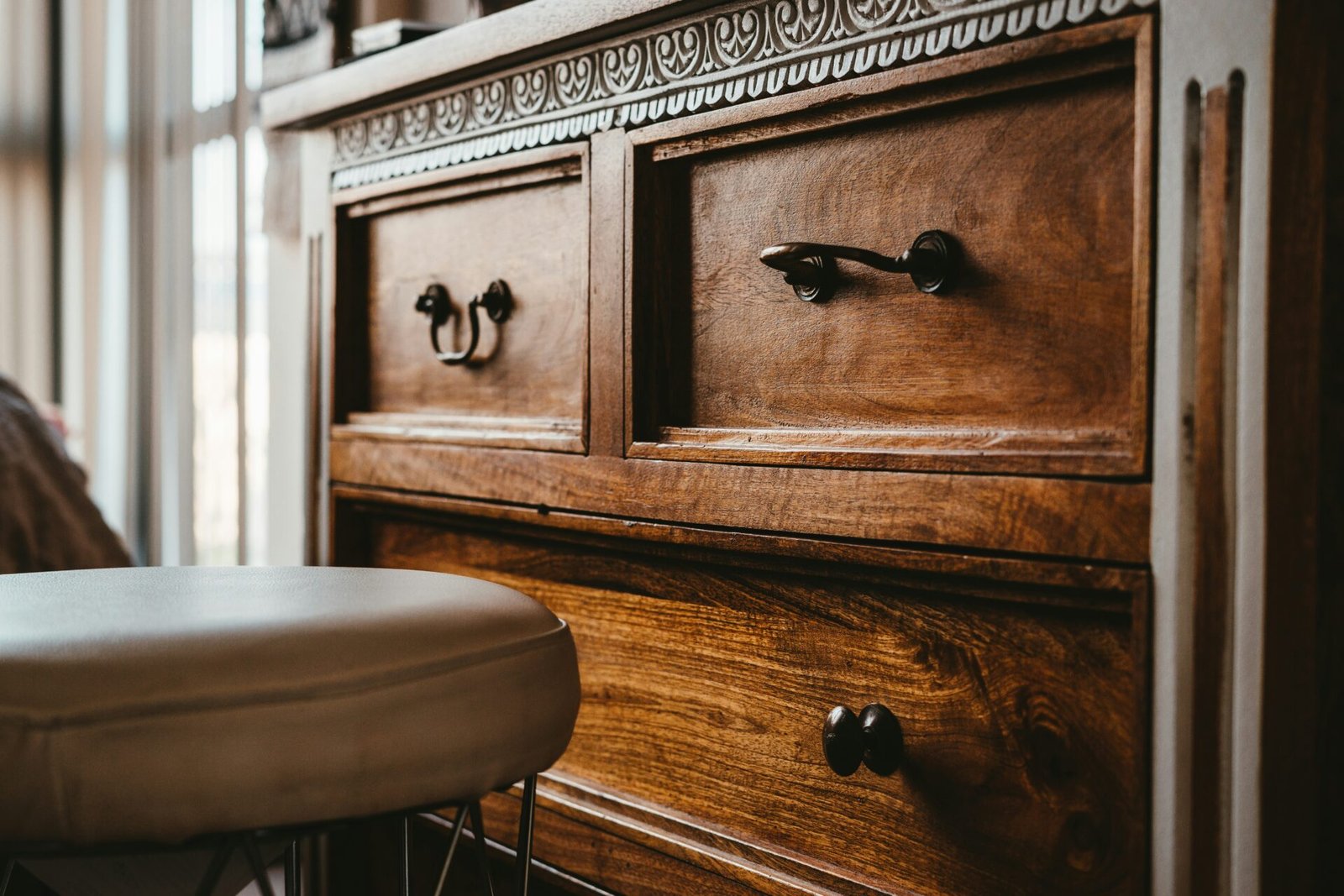Learn how to paint bathroom tiles a fresh new look by painting them in a shower. Follow our step-by-step guide and transform your bathroom without breaking the bank.
Are you tired of looking at your old and dingy bathroom tiles? Well, the good news is that you don’t have to spend a fortune on a bathroom renovation. You can simply paint your bathroom tiles in a shower and give your bathroom a fresh new look.
Painting your tiles is a cost-effective way to transform your bathroom without having to replace the tiles. In this article, we’ll guide you through the process of painting bathroom tiles in a shower. So, let’s get started!
1. Preparing the surface: Cleaning and Sanding
Preparing the surface is an important step when painting bathroom tiles. Here are the steps for cleaning and sanding the surface:
- Clean the tiles: Use a tile cleaner and a scrub brush to clean the tiles thoroughly. This will remove any dirt, grime, or soap scum that may be on the surface. Rinse the tiles with water and allow them to dry completely.
- Sand the tiles: Use fine-grit sandpaper to lightly sand the tiles. This will create a rough surface that the paint can adhere to. Be sure to sand any areas that are rough or peeling.
- Clean the tiles again: Use a damp cloth to clean the tiles again and remove any dust or debris from the sanding. Allow the tiles to dry completely before proceeding.
- Apply a deglosser: Apply a deglosser to the tiles using a clean cloth. This will help to remove any remaining gloss or shine from the tiles, making it easier for the paint to adhere.
- Clean the tiles one last time: Use a damp cloth to clean the tiles again and remove any residue from the degasser. Allow the tiles to dry completely before proceeding.
By cleaning and sanding the tiles, you are creating a surface that is ready to be painted. This will ensure that the paint adheres properly and lasts longer.
2. Choosing the right paint: Types and Colors
When choosing the right paint for bathroom tiles, it is important to consider the following factors:
- Type of paint: There are several types of paint that can be used to paint bathroom tiles, including epoxy, latex, and oil-based paints. Epoxy paint is the most durable and is recommended for high-moisture areas like bathrooms. Latex paint is easy to apply and dries quickly, but may not be as durable as epoxy. Oil-based paint is also durable but takes longer to dry and can be difficult to clean up.
- Color: Choose a color that complements the overall design of your bathroom. Lighter colors can make a small bathroom feel larger, while darker colors can add drama and sophistication. Neutral colors like white, beige, and gray are timeless and versatile, while bolder colors like blue, green, or black can make a statement.
- Finish: The finish of the paint will determine the sheen or glossiness of the final product. For bathroom tiles, it is recommended to use a high-gloss or semi-gloss finish, as these finishes are more durable and easier to clean.
- Quality: Choose a high-quality paint that is specifically designed for bathroom tiles. This will ensure that the paint goes on smoothly and dries to a durable finish.
By considering these factors, you can choose the right paint for your bathroom tiles that will provide a durable and beautiful finish.
3. Protecting your bathroom: Masking and Covering
Protecting your bathroom is an important step when painting bathroom tiles. Here are the steps for masking and covering:
- Mask off areas: Use painter’s tape to mask off any areas that you do not want to paint, such as the edges of the tiles, the grout, or the fixtures. This will ensure that you get a clean and even paint job.
- Cover the floor: Use drop cloths or old sheets to cover the floor and any surrounding areas. This will protect your bathroom from any paint drips or spills.
- Cover the fixtures: If you are not removing the fixtures, cover them with plastic bags or wrap them with painter’s tape to protect them from paint.
- Ventilate the room: Open windows and doors and use fans to ventilate the room while you are painting. This will help to reduce paint fumes and ensure that the room is well-ventilated.
By masking and covering, you can protect your bathroom from any paint drips or spills and ensure that you get a clean and even paint job.
4. Applying the primer: Why it’s important
Priming is important when painting bathroom tiles because it ensures water resistance and makes the adhesion of tiles to the adhesive more powerful, which increases the integrity of the wall and helps tiles last longer. A high-quality bonding primer should be used, such as Insl-X Stix or Behr Bonding Primer.
The primer should be applied with a four-inch roller fitted with a long-nap (1/2-inch or longer) roller, and an angled trim brush should be kept handy for cutting in, painting around obstructions, and filling in voids left by the roller.
After applying the primer, it should be allowed to dry completely and then lightly sanded to ensure the paint adheres to the surface. Any dust should be removed before starting on the topcoat (source: Real Homes).
5. Painting the Tiles: Techniques and Tips
When painting bathroom tiles, it’s important to choose the right type of paint. Epoxy paints, which are water-resistant and durable, are a good choice for bathroom tiles (source: Bob Vila). Here are some techniques and tips to follow when painting bathroom tiles:
- Clean the tiles thoroughly: Before starting the painting process, make sure to clean the tiles thoroughly using a tile cleaner or a mixture of warm water and vinegar. This will help to remove any dirt, grime, or soap scum that may be on the surface of the tiles.
- Sand the tiles: Use sandpaper to rough up the surface of the tiles. This will help the paint to adhere better to the surface of the tiles.
- Apply the paint: Use a roller or a brush to apply the paint to the tiles. Be sure to apply the paint evenly and avoid leaving any drips or streaks. It’s recommended to apply two coats of paint for the best results.
- Allow the paint to dry: It’s important to allow the paint to dry completely before using the bathroom. This can take anywhere from 24 to 48 hours depending on the type of paint used.
- Seal the tiles: To protect the paint and ensure that it lasts longer, it’s recommended to seal the tiles with a clear coat. This will also help to make the tiles easier to clean.
- Maintain the tiles: To keep the tiles looking their best, it’s important to maintain them regularly. Use a mild cleaner and avoid using abrasive cleaners that can damage the paint.
6. Finishing touches: Sealing and Touching up
After painting bathroom tiles, it’s important to seal them to protect the paint and ensure that it lasts longer. Here are some tips for sealing and touching up painted bathroom tiles:
- Choose the right sealer: There are different types of sealers available, such as acrylic sealers, epoxy sealers, and urethane sealers. Choose the one that is suitable for your painted tiles.
- Apply the sealer: Use a brush or a roller to apply the sealer evenly over the painted tiles. Be sure to follow the manufacturer’s instructions for application and drying time.
- Touch up any areas: After the sealer has dried, inspect the tiles for any areas that need touching up. Use a small brush or a toothpick to touch up any areas where the paint may have chipped or peeled.
- Maintain the tiles: To keep the painted tiles looking their best, it’s important to maintain them regularly. Use a mild cleaner and avoid using abrasive cleaners that can damage the paint. Wipe up any spills or stains as soon as possible to prevent them from staining the tiles.
By following these tips, you can ensure that your painted bathroom tiles look great and last for a long time.
FAQs
How do you paint bathroom tiles in a shower?
To paint bathroom tiles in a shower, first, clean the tiles thoroughly and let them dry. Then, apply a bonding primer to the tiles, followed by a coat of epoxy paint. Allow the paint to dry completely before using the shower.
Can you paint over ceramic tiles in a shower?
Yes, you can paint over ceramic tiles in a shower. However, it is important to properly prepare the surface by cleaning and sanding it and using a bonding primer before applying the paint.
What type of paint is best for shower tiles?
Epoxy paint is the best type of paint for shower tiles, as it is water-resistant and durable. It is important to choose a paint specifically designed for use in wet areas, such as a shower.
Is it difficult to paint bathroom tiles in a shower?
Painting bathroom tiles in a shower can be a bit challenging, as it requires proper preparation and application techniques. However, with the right tools and instructions, it can be a DIY project that can save you money on a bathroom remodel.
Conclusion
Painting bathroom tiles in a shower is a cost-effective way to give your bathroom a fresh and updated look. With the right tools and techniques, you can transform your shower tiles into a beautiful and modern space. Remember to properly prepare the surface, choose the right paint and follow the necessary steps to ensure a long-lasting finish.
By following our guide on how to paint bathroom tiles in a shower, you can confidently take on this DIY project and achieve professional-looking results. So, go ahead and get started, and enjoy your newly transformed shower!






Leave a Reply
You must be logged in to post a comment.